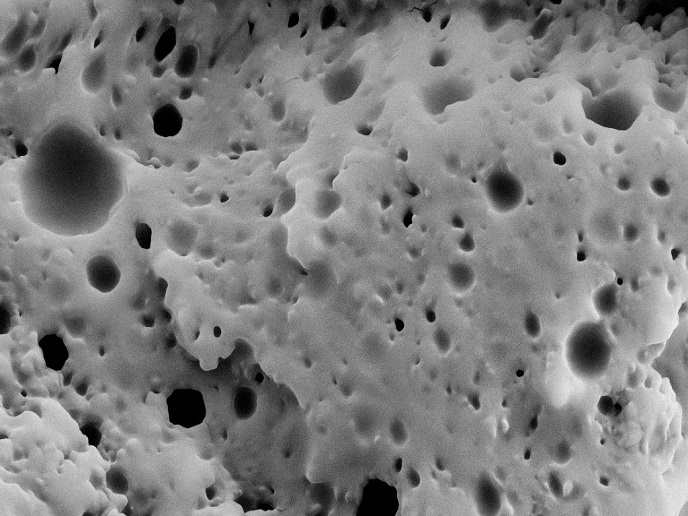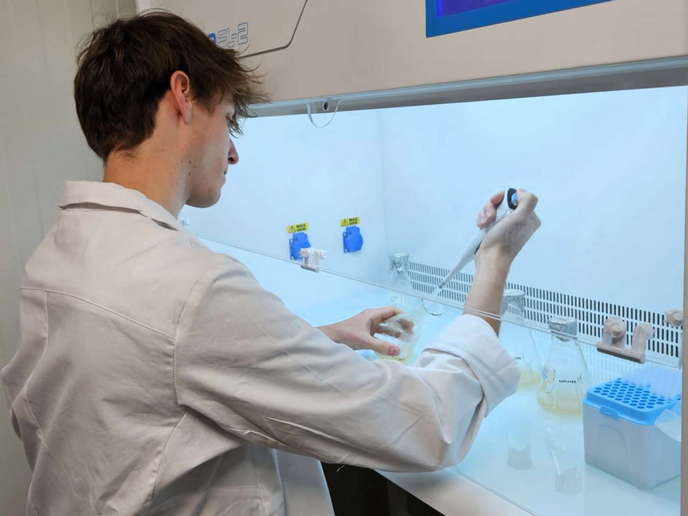Sustainable lighting powered by artificial proteins
White light-emitting diodes (WLEDs) are increasingly being used in a wide range of applications, from soft-focus indoor lighting to street illumination and vehicle headlights. WLEDs consist of a high-energy chip covered by an inorganic phosphor – usually a rare earth element and/or toxic compound – that partially down-converts blue light into yellow-orange light. The combination of both these emissions results in a white illumination. “General illumination based on WLEDs is the most efficient lighting technology we have to date,” explains ARTIBLED(opens in new window) project coordinator Rubén Costa from the Technical University of Munich(opens in new window) in Germany.
Sustainable development of LED technology
The use of rare earth elements and toxic compounds in WLEDs however has long been identified as a major bottleneck towards the sustainable development of this technology. The ARTIBLED project was launched to address this point, through developing emitting proteins in polymer coatings as colour down-converting filters. “The project consisted of four key challenges,” says Costa. “We first had to find organic emitters capable of withstanding the working conditions and then design protein scaffolds to further shield these organic emitters. We then had to cost-effectively upscale production of both dyes and proteins and finally develop a protein-polymer composition suitable for practical applications.” These objectives were achieved thanks to a project consortium that included organic chemists and protein engineers. These experts were assisted by theoretical, biocomputational and spectroscopy groups. “The project team worked together to explore over 80 different emitters and 10 000 protein designs to achieve two artificial fluorescent proteins with low- and mid-energy emissions,” adds Costa. “In addition, the upscaled production of proteins was successfully established.”
Two types of artificial fluorescent protein
Costa sees ARTIBLED’s success as twofold. “First, we were able to develop artificial fluorescent proteins that emit in the low-energy part of the spectrum with remarkable photoluminescence quantum yields and photostability,” he notes. “This first protein could be applied for photon down-conversion for medical purposes or be used as a new type of biomarker.” The second artificial protein, with an efficient and broad mid-energy emission band, could be used to design single-component protein colour filters for white emission. “Typically, this operation has required several types of fluorescent proteins or emitters, resulting in colour corruption related to the different photobleaching rates of each protein,” adds Costa.
Lighting, imaging and fluorescent microscopy
In this way, the ARTIBLED project has demonstrated that artificial fluorescent proteins could be used to produce low-cost and highly efficient colour filters for WLEDs, avoiding the need to use rare earth elements or toxic compounds. This breakthrough could help to keep Europe at the forefront of innovation in lighting. Indeed, Costa sees a wide range of potential uses for these highly emissive and stable protein materials. “We ended up with two new families of emitting artificial proteins that could be of high interest for photon manipulation purposes,” he remarks. “In addition, they kept their excellent emission features in water-based polymer coatings. We are currently exploring their application for a range of lighting purposes, as well as imaging and fluorescent microscopy.”







